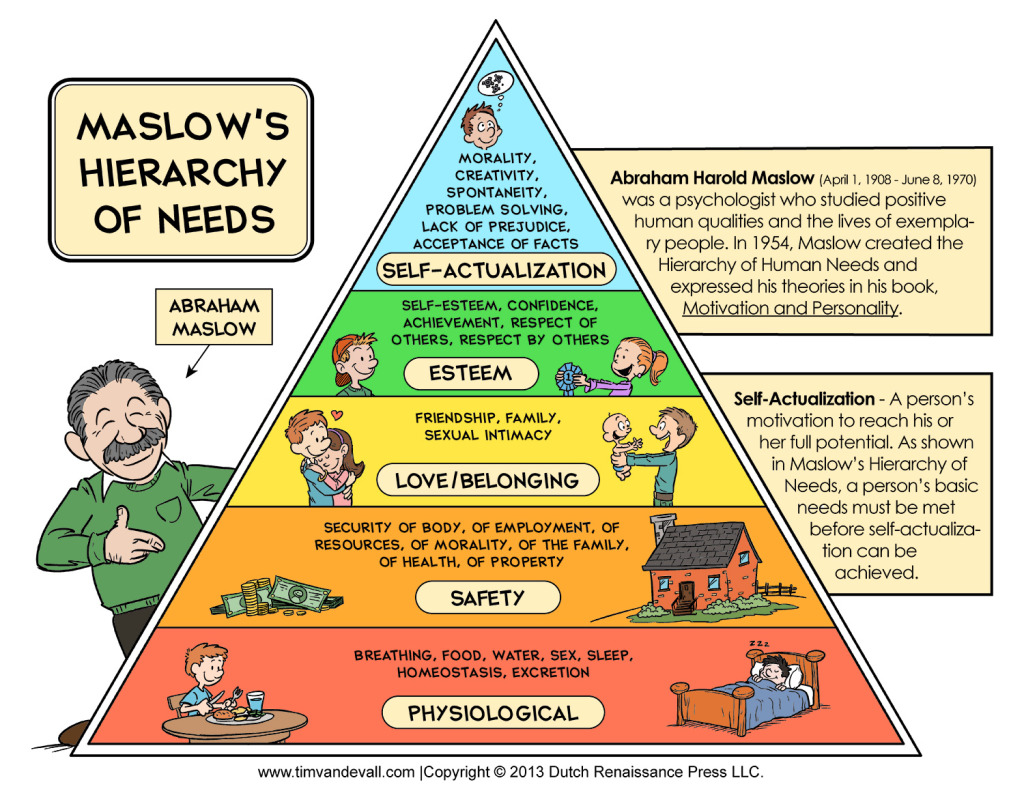Katz, Gurevitch and Haas: Audiences experience media to fulfill needs and gratifications. They can be personal needs, like understanding self, escapism or enjoyment. They can also be social needs, like connecting with friends and family, knowledge of the world,Self confidence, stability.
Psychographics:




